Li Dazhi
One of the representative inheritors of the third batch of national intangible cultural heritage projects. The project he represents is "Lion Dance (Huaidian Wen Lion)", which was applied for by Shenqiu County, Henan Province.
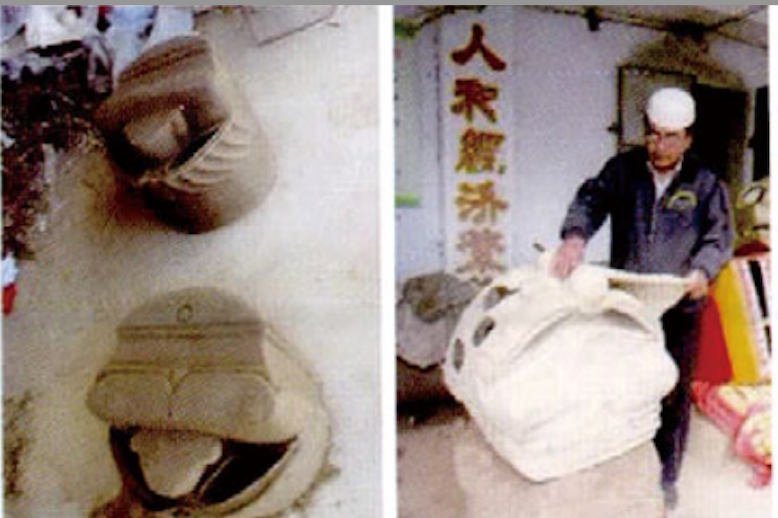
The lion skin, crafted from processed ramie stalks, is divided into neck and body sections, with the former adorned in vibrant short ramie ropes. The body features spine and hair components, with dark blue metallic sequins sewn onto the ramie-threaded long hair to elevate its regal aura.
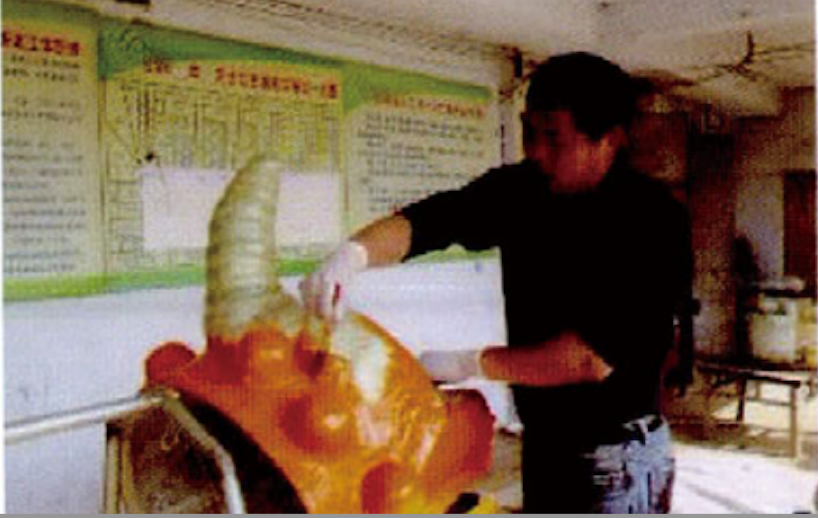
Made of white cotton cloth, extending to the knees, with white short ramie hair sewn on all parts except the soles. The materials and process for crafting the small lion are generally similar to those for the large lion, with the distinction that the small lion’s feet and lion hair are connected, and there is an opening at the belly for the lion dancer to enter.
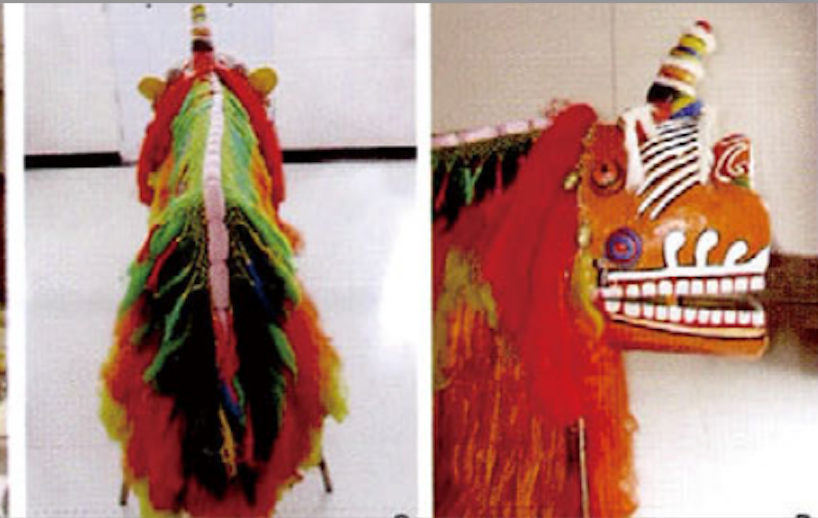
The inner layer comprises 35 iron wires, 15 centimeters in diameter, arranged spherically. The outer layer is made of 50 bamboo strips, 1.5 centimeters wide, tied into 15-centimeter rings and tightly bound with ribbons for solidity. These layers form a 50-centimeter spherical shape, creating the embroidered ball’s external design.
“Huaidian Wen Lion Dance” takes lions, qilins, and unicorns as the creative subjects, attempting to shape the image of the lioness as different from the “martial” lion, with compassion and tolerance as its main characteristics of “literature”.
At the same time, it showcases the local harmonious coexistence of cultural ecology through the interaction between lionesses, qilins, and unicorns.

Huaidian Wen
Lion Dance
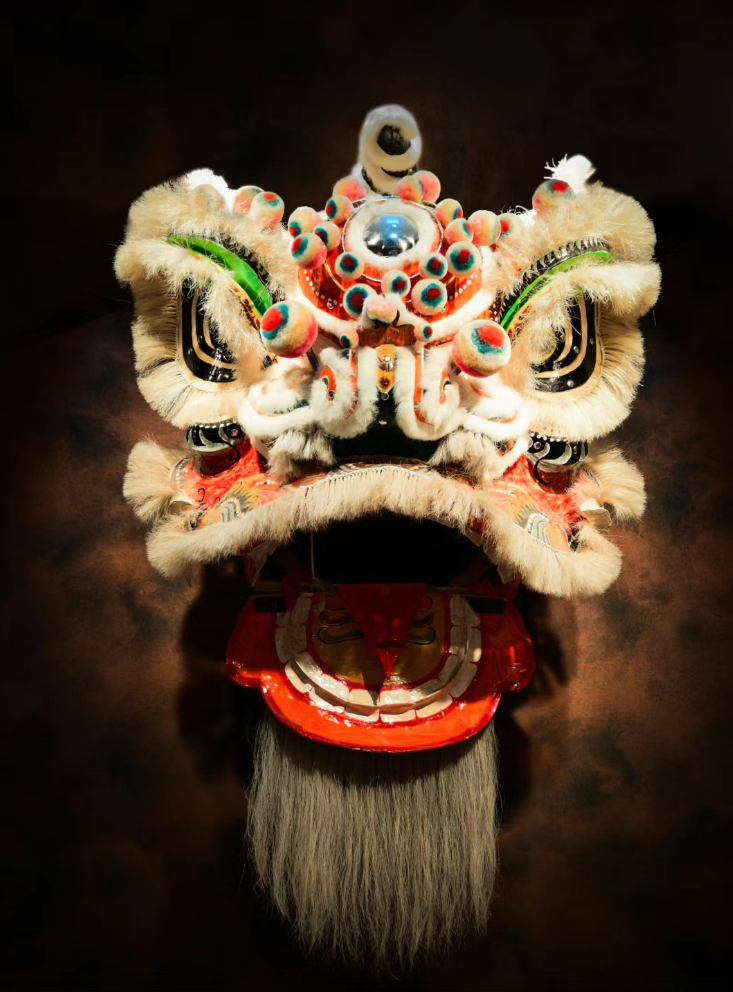
Ancient Totem Culture: The qilin, as a totem, is a mythical creature of wisdom and auspiciousness in ancient legends.
Folk Culture: As a form of folk dance, lion dance performances have always symbolized seeking blessings and adding a festive atmosphere.
Confucian Culture: Lion dances include actions such as mountain patrol, shaking fur, swallowing cage embroidery, and giving birth to lion cubs, symbolizing the benevolent governance of the ruling class.

Under the policy “ICH into Campus,” Li Miao, principal of Huidian Town Hui Ethnic Minority Middle School in Shenqiu County, Henan Province, introduced the “Huidian Lion Dance” to the campus. Leveraging his ICH inheritor status, Li Miao established the “Lion Dance Society” to promote ICH and teach skills.
So far, he has recruited 106 apprentices and engaged over 600 students in ICH cultural activities. Beyond skill preservation, Li Miao’s dedication extends to student support and mentorship, earning him the title “Cultural Lion.” Alongside campus efforts, familial transmission reinforces the inheritors’ sense of duty. The Li family, with Li Dazhi as the first national-level representative inheritor, has fostered eight inheritors, showcasing a commitment to the project’s preservation.
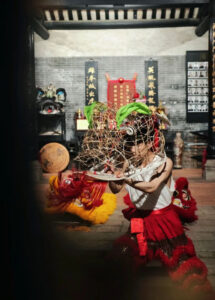
One of the representative inheritors of the third batch of national intangible cultural heritage projects. The project he represents is "Lion Dance (Huaidian Wen Lion)", which was applied for by Shenqiu County, Henan Province.
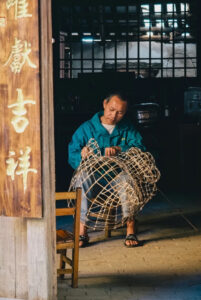
One of the representative inheritors of the fourth batch of national intangible cultural heritage projects. The project he represents is also "Lion Dance (Huaidian Wen Lion)", and it was applied for by Shenqiu County, Henan Province.